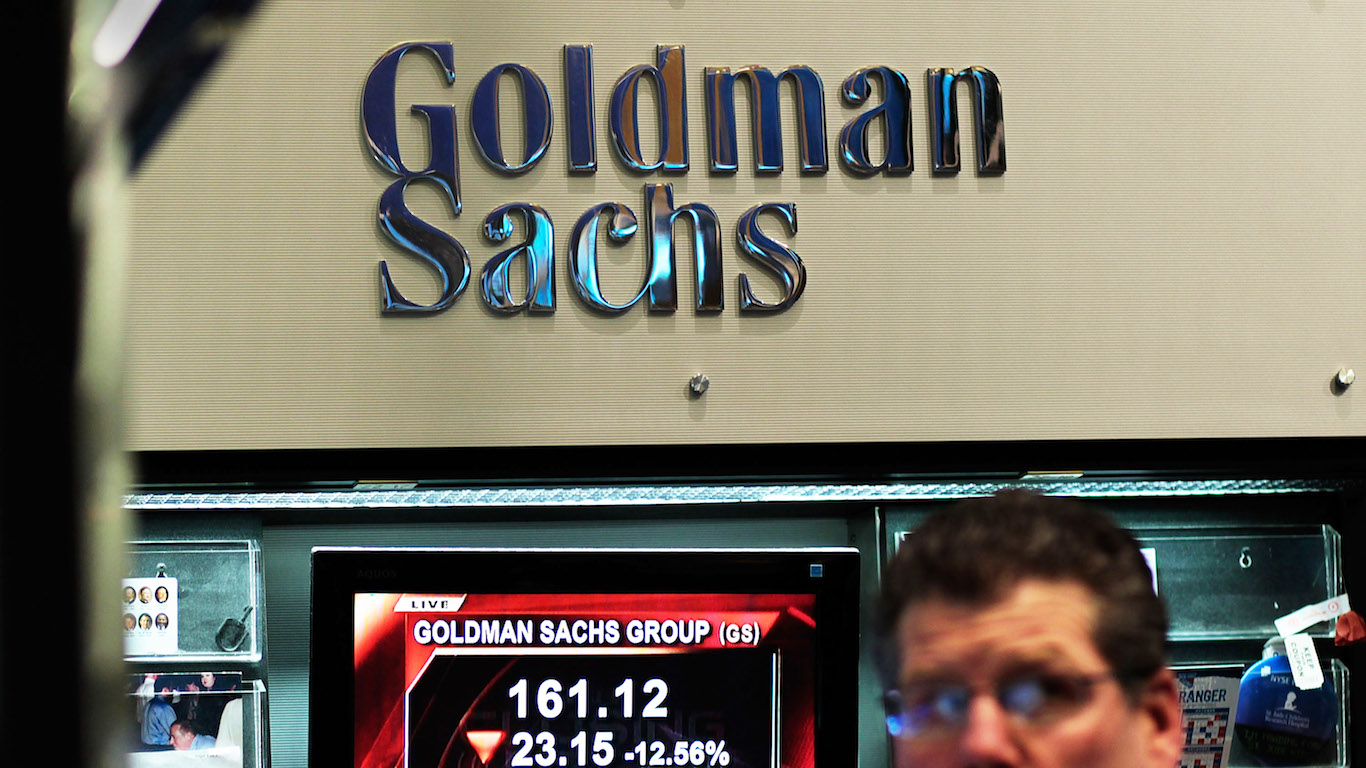 BP plc (BP) eliminated its dividend as the cost to the company of the Deepwater Horizon spill rose into the billions and billions of dollars. The UK-based firm says it has already spent $4 billion on clean-up work. It is obliged to put $20 billion into escrow for further claims, but these payments will be made over the course of three years.
BP plc (BP) eliminated its dividend as the cost to the company of the Deepwater Horizon spill rose into the billions and billions of dollars. The UK-based firm says it has already spent $4 billion on clean-up work. It is obliged to put $20 billion into escrow for further claims, but these payments will be made over the course of three years.
There was an absurd worry that the spill liabilities would put BP into bankruptcy. It is now clear how wild those assumptions were. BP has access to more than $10 billion in credit lines. It has also sold $35 billion in bonds and disposed of some of its businesses. Apache paid $7 billion to BP for its Prudhoe Bay assets.
BP now claims it can reinstate its dividend next year. This would help UK pensioners with large investments in BP. The stock has been the source of a strong yield for years like many other multinational oil firms.
BP’s management made a mistake when it got its investors to concentrate on its dividend instead of the firm’s stock price. BP’s shares trade at $41, down from a 52-week high of more than $62. From 2006 to 2008, the stock was often above $70.
Factors other than the expenses of the Gulf leak would have to work in BP’s favor for its shares to rise. Oil prices have moved back above $80. BP has large offshore fields outside the Gulf and means to continue its exploration efforts in other deepwater locations around the world. It is not as bad off in the production part of its business as some would assume.
BP’s stock could recover to near its 52-week high, if some of the stigma around Deepwater Horizon would begin to disappear and the company posted a string of strong quarterly results. A return to $60 would mean the shares would need to run up by 50%. That is a better return for investors, at least over the next year or two, than any reinstatement of the dividend would be.
Douglas A. McIntyre
Get Ready To Retire (Sponsored)
Start by taking a quick retirement quiz from SmartAsset that will match you with up to 3 financial advisors that serve your area and beyond in 5 minutes, or less.
Each advisor has been vetted by SmartAsset and is held to a fiduciary standard to act in your best interests.
Here’s how it works:
1. Answer SmartAsset advisor match quiz
2. Review your pre-screened matches at your leisure. Check out the advisors’ profiles.
3. Speak with advisors at no cost to you. Have an introductory call on the phone or introduction in person and choose whom to work with in the future
Thank you for reading! Have some feedback for us?
Contact the 24/7 Wall St. editorial team.





